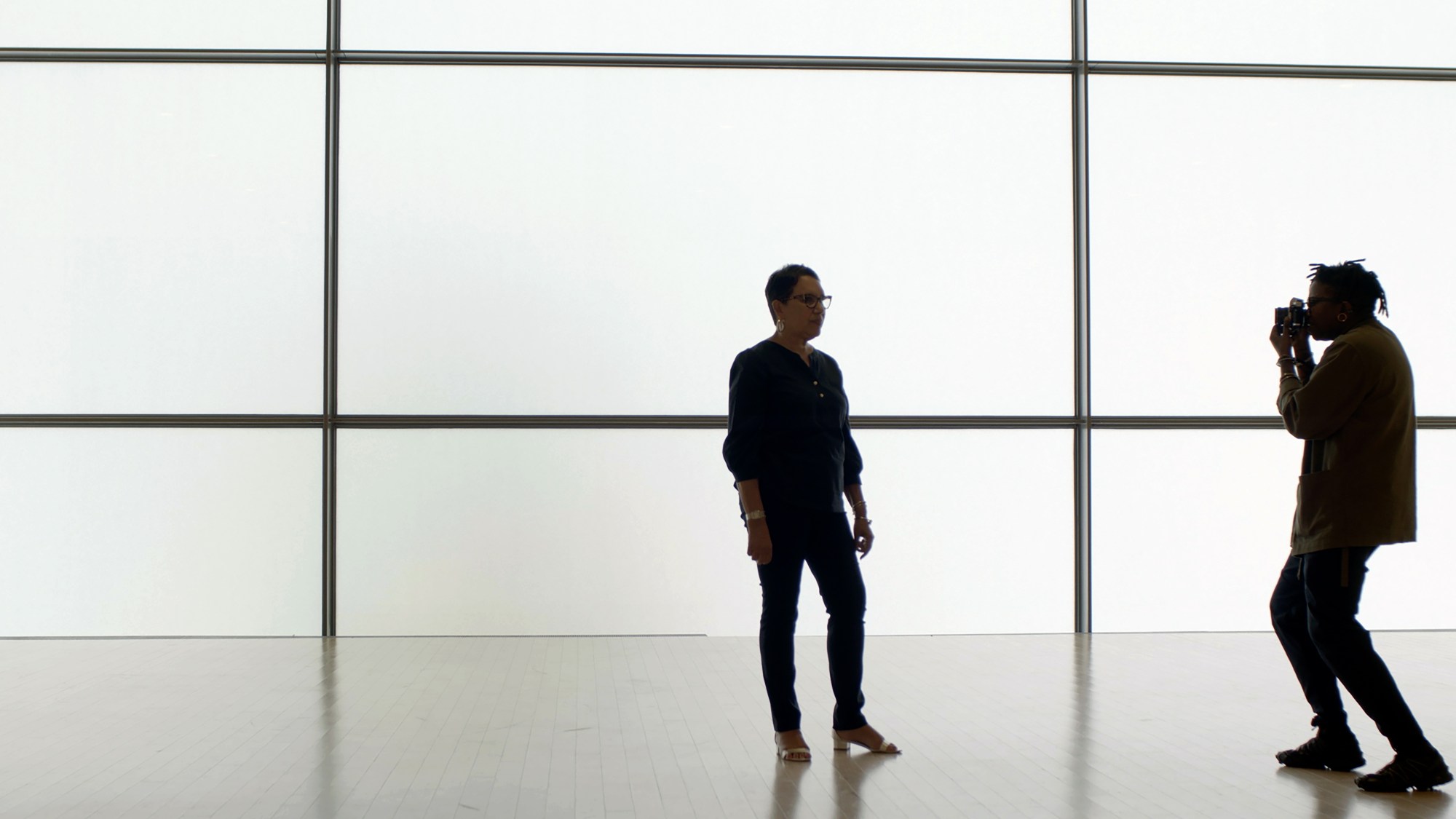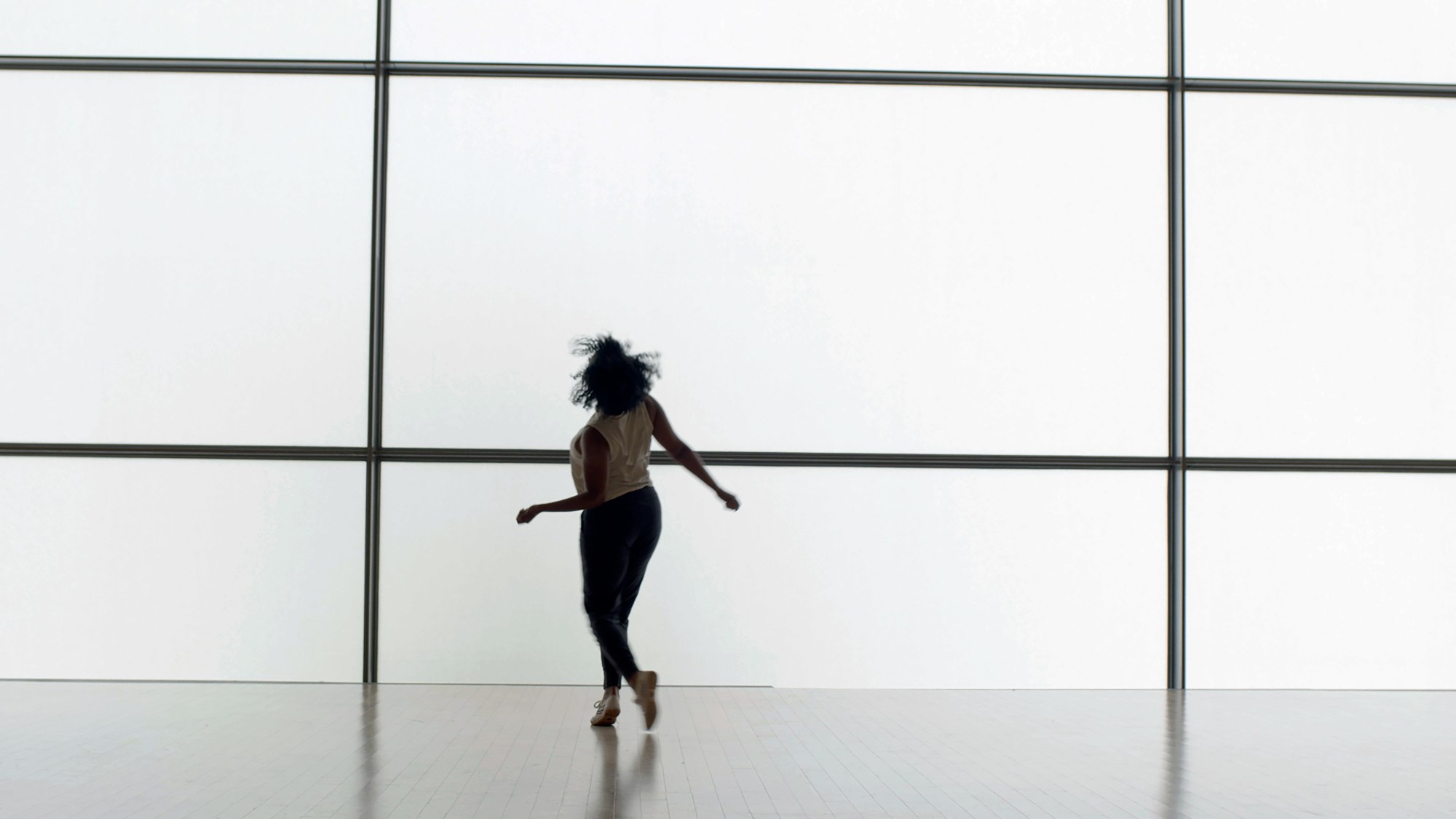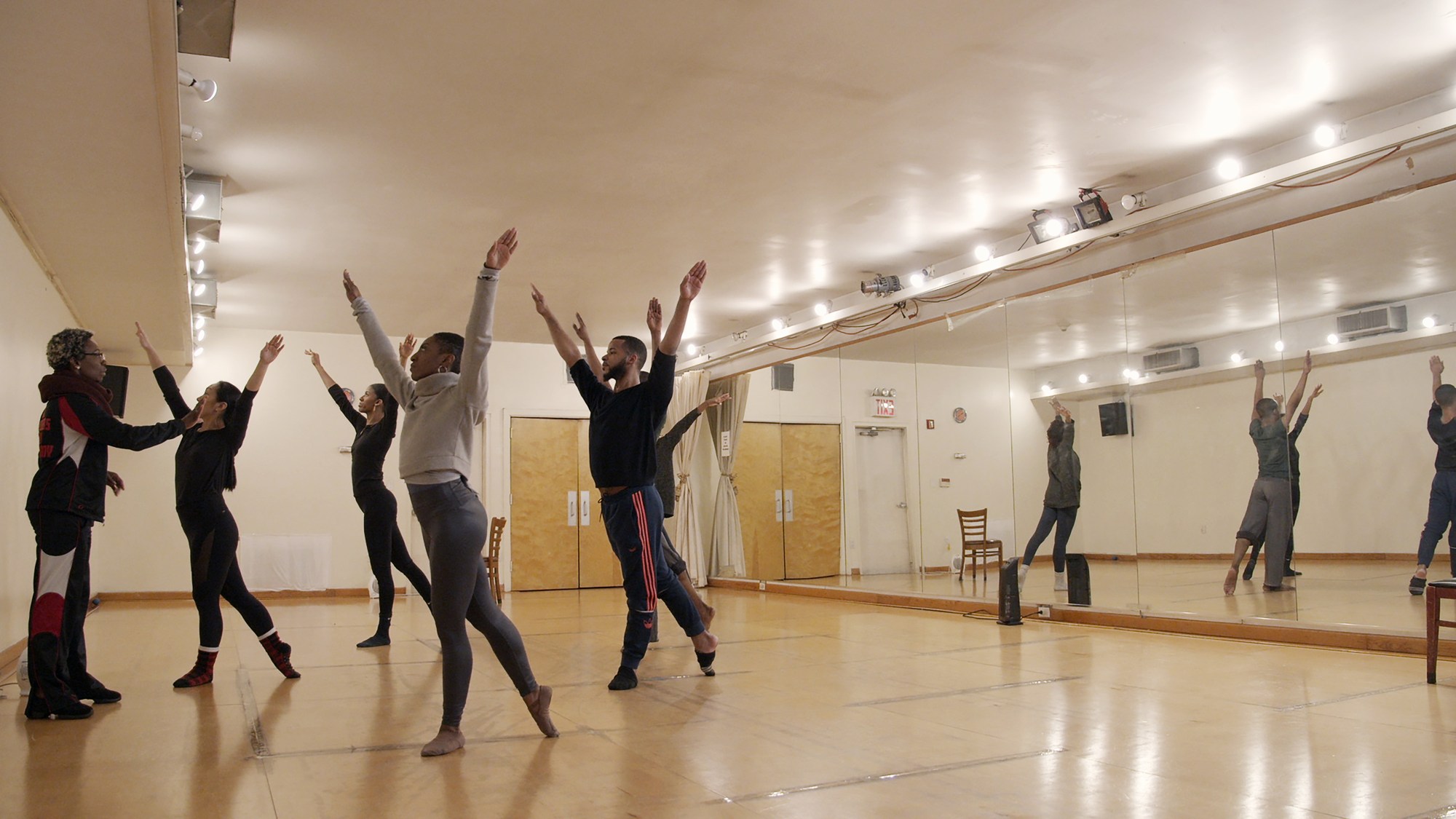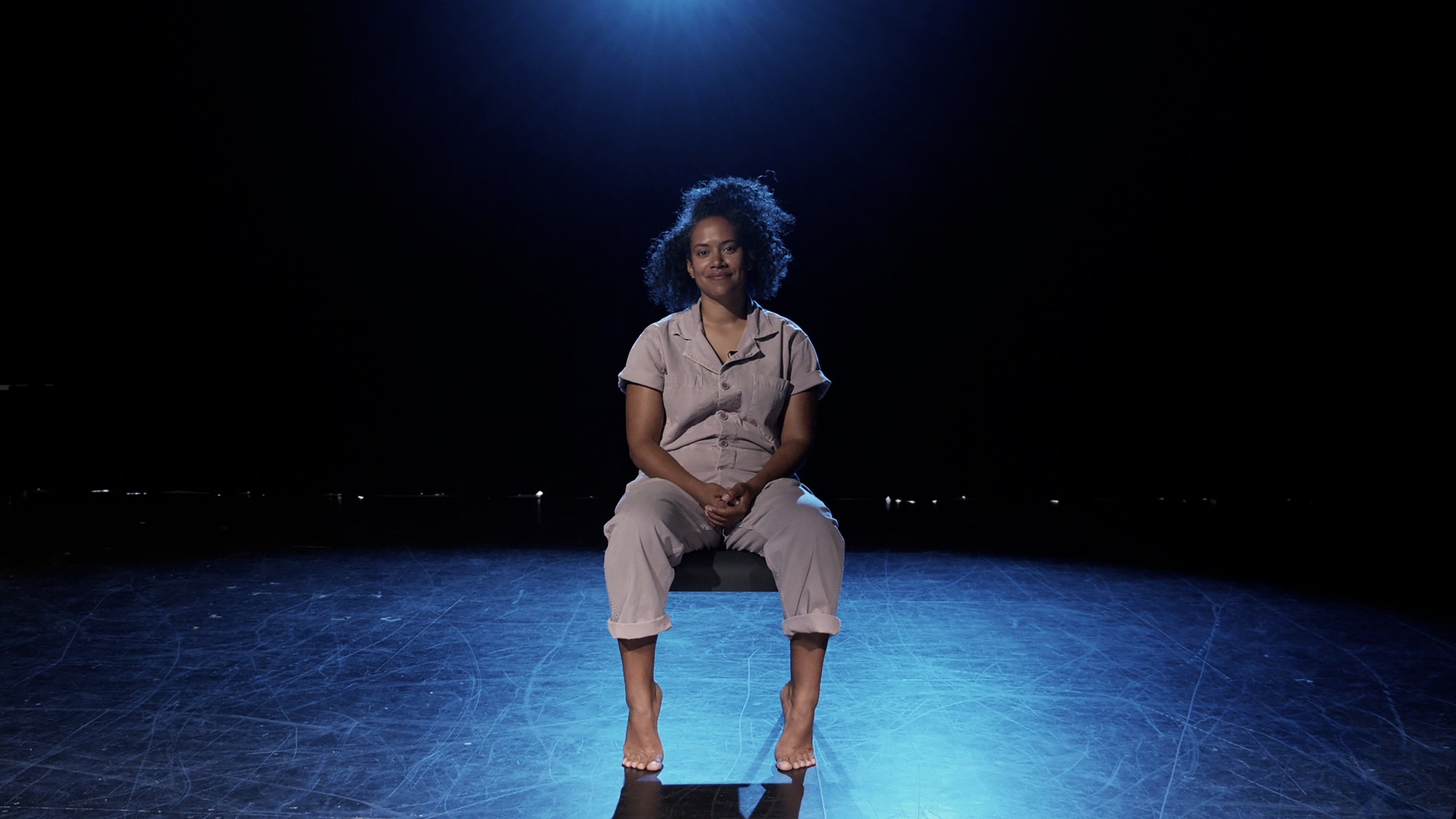“I invested in a particular, severe elegance that I wanted to come through with the composition,” says artist Tiona Nekkia McClodden, reflecting on her latest curatorial presentation, The Trace of an Implied Presence. Now on view at The Shed, the exhibition dives ambitiously into the history of contemporary Black dance through the archives of the Brooklyn Academy of Music, and McClodden’s research on their 1983 festival, Dance Black America. With two additional shows currently on view this month — MASK/CONCEAL/CARRY, a solo exhibition at 52 Walker Street, and The Brad Johnson Tape, X–On Subguation, an installation at MoMa showcasing her newly acquired work — audiences in New York have an expansive opportunity to see the breadth of her conceptual approach.
“I want to ensure the audience crosses into something when they see the work,” she says, weaving a thread between these three exhibitions. Across sculpture, film, painting and curation, McClodden aims to create environments that feel like immersive scenes. “I started off as a documentary filmmaker. That’s what I really wanted to do,” she says. Eventually, she realised a hybrid of fiction and nonfiction felt more satisfying, which helped guide her work in new directions. “There’s a document element, but I can’t say that it’s so much documentary anymore. I am interested in the visual, in time-based video or film, as a document of a moment.”

She’s noticed many have categorised The Brad Johnson Tape — anchored in the life and work of the Black queer poet — as performance, especially considering the central video, which finds her hanging upside down in her studio while reciting “On Subjugation”, his 1988 poem. “But it’s actually a documentation of a particular experience that I went through over the course of a month,” she says of the piece. “The best way to approach the video, as well as the installation itself, is the residue of a particular experience.”
Perhaps then, it is also the best way to approach I prayed to the wrong god for you, her celebrated contribution to 2019’s Whitney Biennial. The film follows McClodden’s journey to complete an Afro-Cuban Santería ritual, which required cutting down a cedar fir tree to make six sacred tools used to connect with Shango, a Yoruba deity. In search of her own personal healing, she travels from the United States to Cuba and Nigeria, in turn contemplating Christian colonialism’s impact on her ancestors. Her artistic focus is trained primarily on what she describes as the “Black mentifact,” a shared world of beliefs and values connecting the African diaspora. Her artworks are researched expressions of these collective histories, pushing race, gender and sexuality from the structural into a deeply intimate, interrogative space.

Her offering at The Shed is the most recent iteration of that process, beginning when she was invited to help open BAM’s first contemporary art gallery. “I had just come off of doing a four or five-year engagement of this body of work on Black gay men who produced work during the height of the AIDS epidemic. It was really difficult emotionally — AIDS and the way that it ravished the larger community was just devastating. So I went looking for joy.”
She was granted open access to BAM’s archives, where the head archivist handed her two boxes charting the museum’s 300-year survey on Black dance, organized by Mikki Sheppard in 1983. “I knew that I wanted to be in dialogue with her,” McClodden says, so she pitched an addendum to the project. “My proposal was a gesture to try and see if I could pull something forward, not so much stay within what happened at ‘83, but think about what Black dance is today, in my own way. And I didn’t exactly have a hold of what that would be.”


Then the pandemic hit, and the urgency of live performance seemed to crystalise. “I started to think a little bit more critically about how dancers are aligned within the larger art world — specifically Black dancers — and how we tend to use them as activating agents, exhibits to bring in an audience”, she says. As she began to bring in collaborators, her mental map was “very much informed by dance that I felt still had trouble. The trouble was not so much the being able to perform it, but also thinking about trouble around historical articulation.” For example, “tap is still troubled,’ she explains. “The ways that we think about tap dance is tied to a particular kind of history of minstrelsy, a particular kind of visual subjugation.”
Holding these questions close, she decided to uplift four core narratives: that of legendary tap dance artist Michael J. Love, Rod Rogers Dance Company’s artistic director Kim Grier-Martinez, Philly Bop experts Audrey and June Donaldson, and choreographer Leslie Cuyjet, who’s great aunt Marion Cuyjet was one of the first Black women to study ballet in Philadelphia. (Because she was light-skinned, Marion was able to pass for white at a time when Black dancers were forbidden from learning ballet.)


Together, they form a chorus of voices telling their stories on screens suspended above four dance floors installed in The Shed’s second-floor gallery, while live dancers interpret and expand upon the storytelling in real time. “What you end up getting is four portraits,” says McClodden. “A purposeful presentation of people who are talking and dancing. I thought there was something at risk if I just had them dancing. I wanted them to conceptualise themselves.” Through word and movement, she places these dancers at the centre of the cultural and spiritual realms her work seeks to navigate, channeling embodied knowledge to pull Black memory into the present.
The Trace of an Implied Presence is on view at The Shed through October 8th.
Credits
All images courtesy of the artist.



